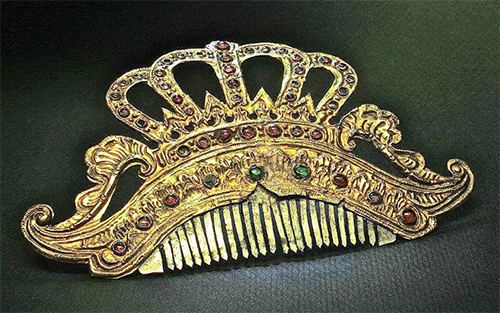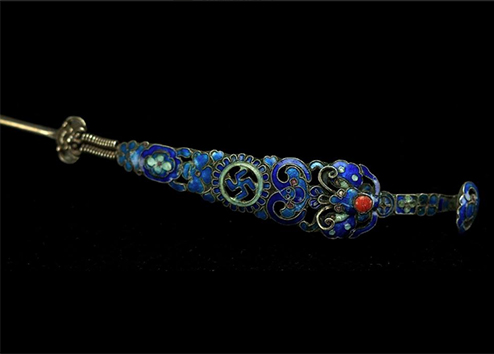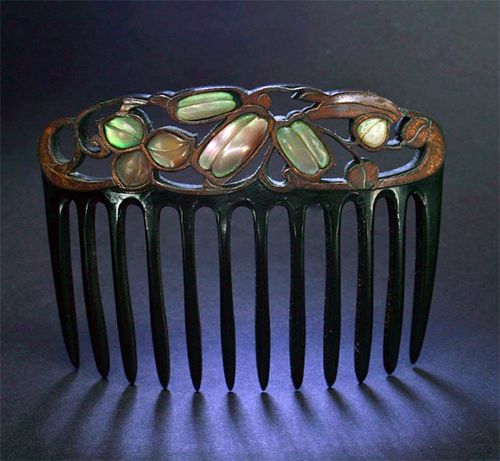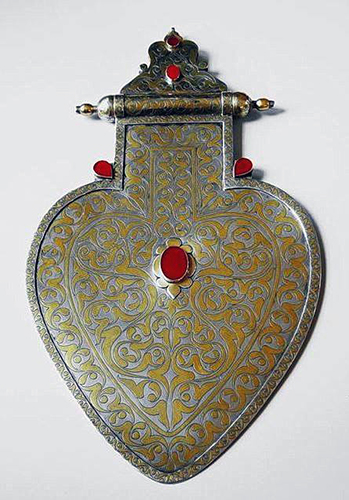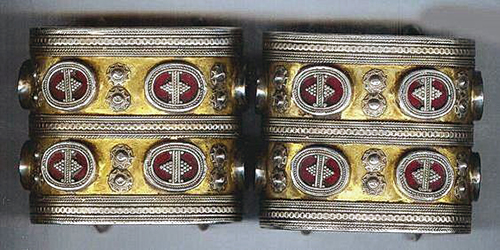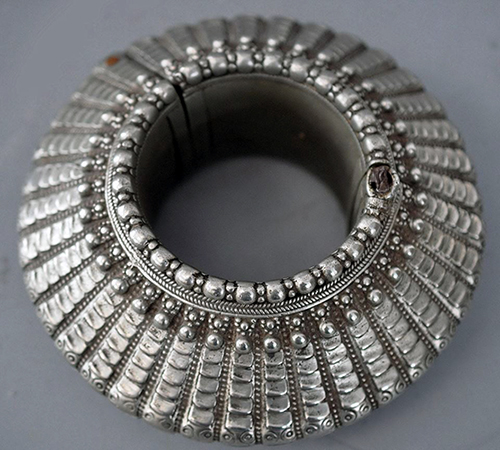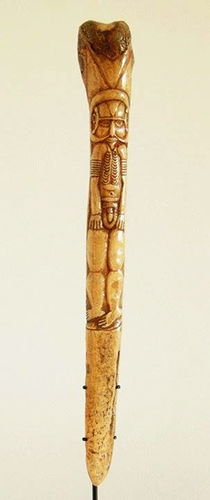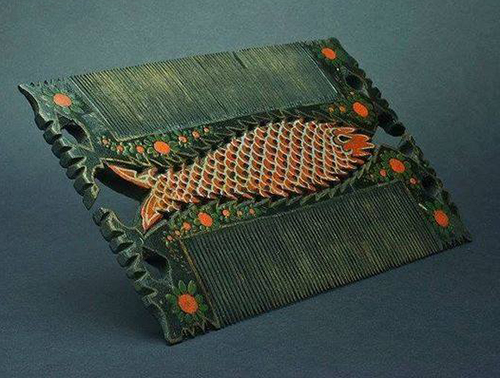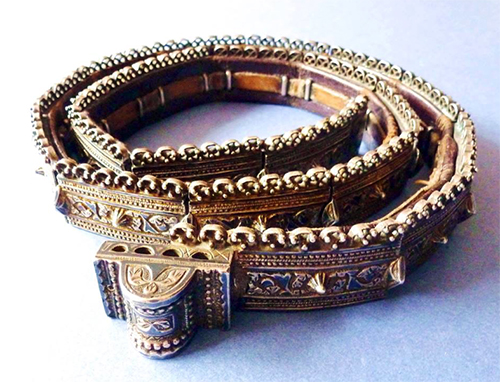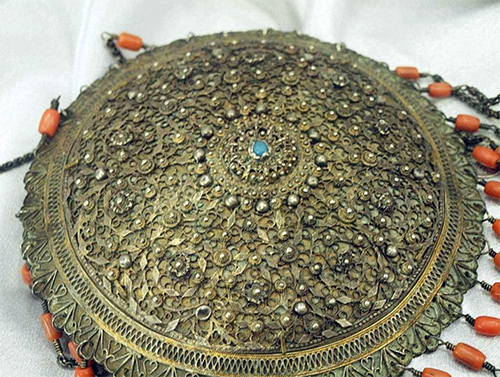The Dutch royal crown motif has been a popular element in Balinese ornaments, and a natural use of Dutch Royal symbols during the time when Indonesia was established as a colony. Only high-ranking women were allowed to wear these decorative combs. While we of course admire the piece in any case, it has special interest… Continue Reading
